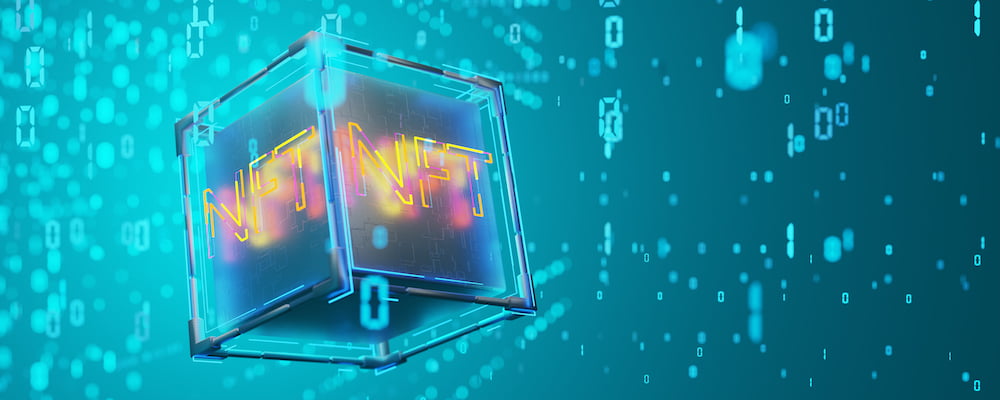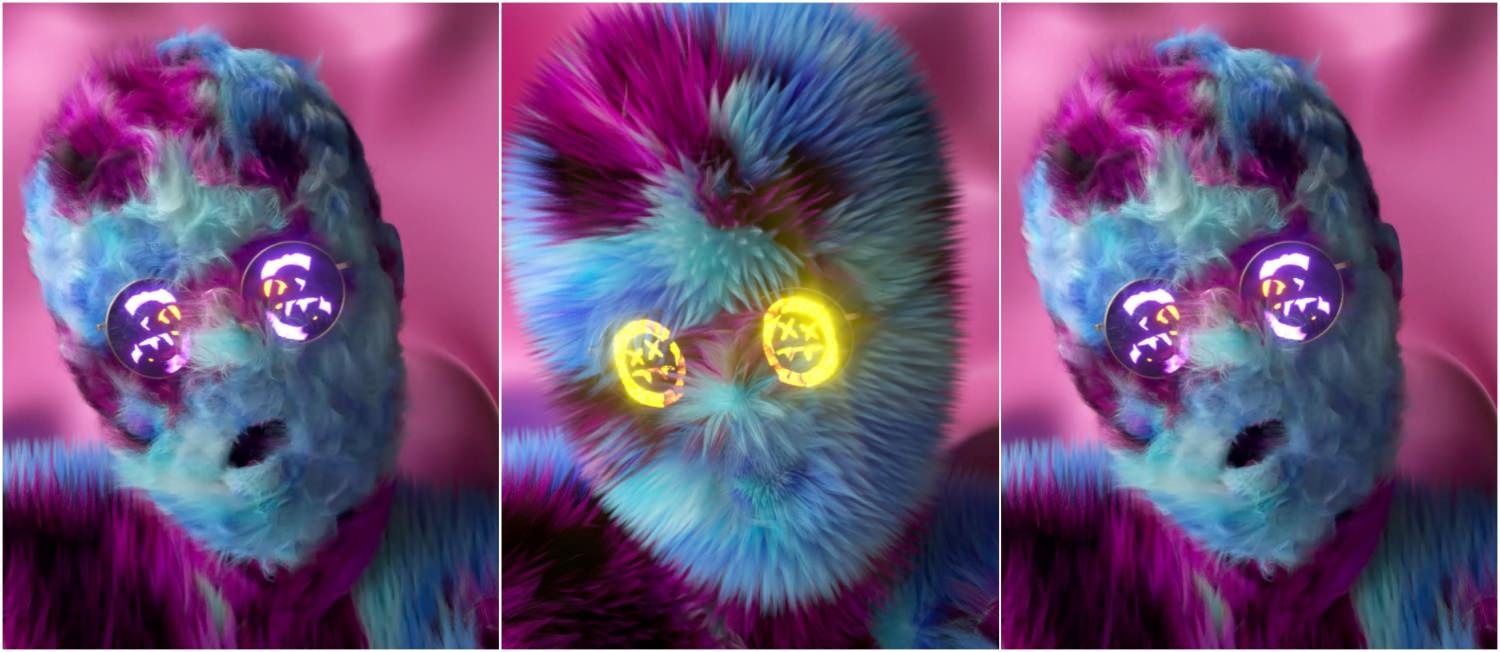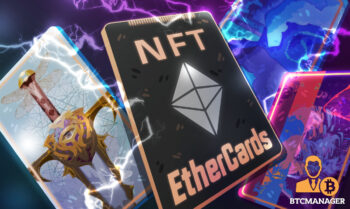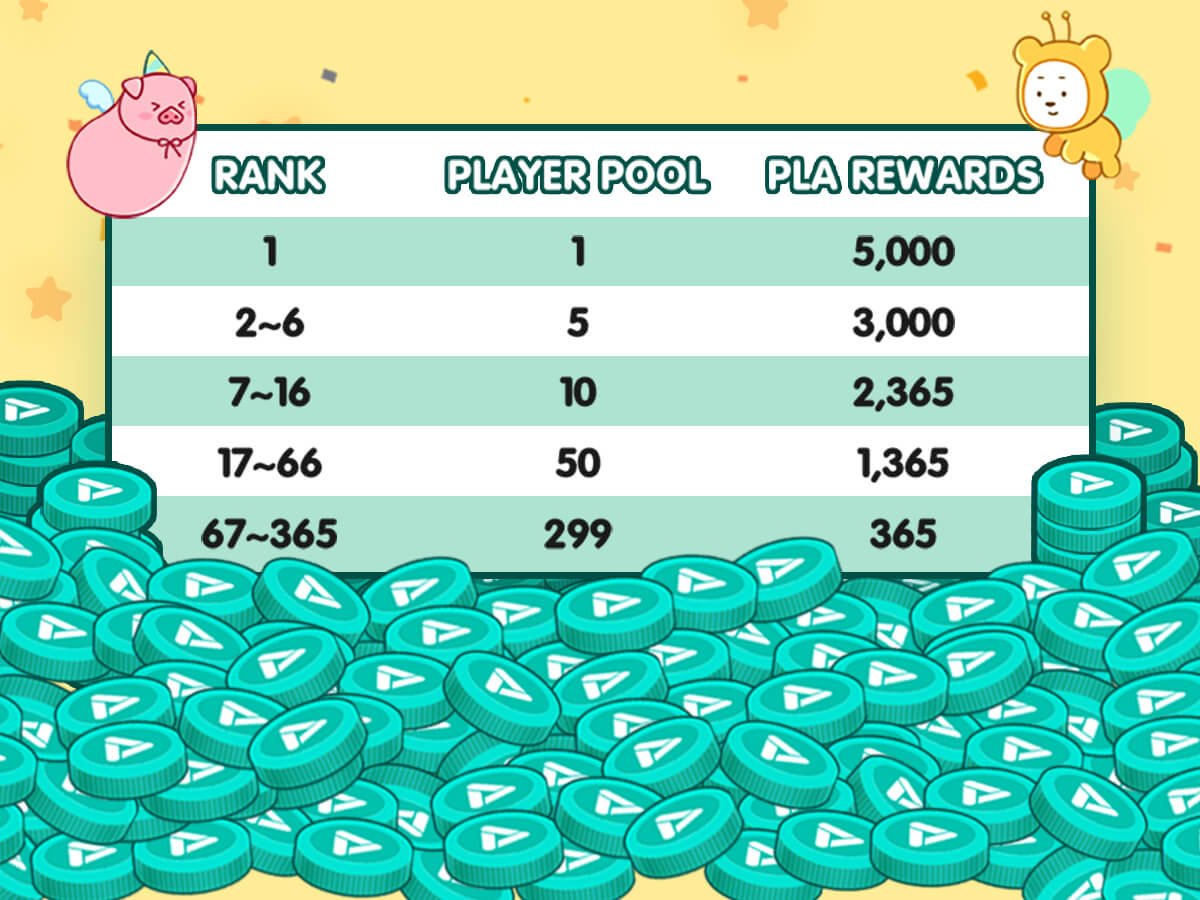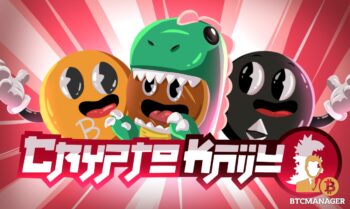2021-4-27 16:00 |
Non-fungible tokens (NFTs) have finally moved out from the niche blockchain space. From Paris Hilton to Jack Dorsey, NFTs have garnered viral attention across the world.
NFT’s have set new art market and crypto price records. In addition, they are generally confusing everyone who isn’t a crypto insider.
Throughout this year, multiple media outlets have released some sort of NFT explainer article. This article is not about what NFTs are, but rather what NFTs mean when you think about the increasingly virtual world we live in today and their role in our near future. What does the NFT movement mean for society as we know it?
NFTs offer much more than just a substantial income for artists or an opportunity for traders to get rich quickly.
Looking beyond the NFT hypeThe rise of NFTs corresponds to a broader acceptance of cryptocurrencies like bitcoin (BTC), ethereum (ETH), and cardano (ADA) among mainstream institutions and the broader public. For the past decade, crypto was a largely specialized space. Mainly the domain of a select group of enthusiasts, tech nerds, and get-rich-quick speculators. However, this is no longer the case.
Many skeptics challenge the use of NFTs for digital art since the actual file containing the artwork can be downloaded or copied by anyone. In other words, you don’t have to buy the (usually pricey) NFT to download the file and enjoy the art. This criticism is valid. If it was just about looking at art, not everyone should use an NFT.
However, this argument misses the whole innovative part of NFTs. These tokens become genuinely revolutionary when we truly merge our digital and physical lives.
Virtual worlds are not science fiction anymore, whether they are in the form of an immersive virtual reality (VR) video game or the less immersive, but no less digital, workplaces that many of us now inhabit. If this pace keeps up, we are only a few years away from living, loving, learning, and working in virtual environments.
A pandemic-accelerated virtual realityFor millions of people worldwide, this past year of lockdowns and remote work has drastically altered the shape of their lives.
It’s also changed the way information and collaboration happens. No more brainstorming sessions by the water-cooler. This helps explain why VR-tech has exploded during the pandemic. Businesses are using this technology to bring remote workers together in a digital space. It helps maintain some sense of human interaction despite the physical limitations.
Even with vaccines rolling out worldwide, many companies have said that they won’t be going back to normal once this is all over. These businesses realized that they can maintain productivity without all that pesky overhead for expensive office space. This could radically change location-based industries.
The most prominent publishing houses, for example, are all based in New York City or London. Still, many of those jobs could easily be done remotely, as they discovered last year. Thus, opening up the candidate pool and improving wage options for workers who no longer have to live in two of the world’s most expensive cities.
What does all this have to do with NFTs? Well, they only make sense in a truly virtual world. If the COVID-19 pandemic has shown us anything, it’s that this world is not only possible, it will be here sooner than we think.
Into the matrixEach day, our lives become more and more virtual. It’s here that NFTs are real game changers. This is because they are unique, un-hackable, and indivisible. In other words, they are about as secure as it gets in a digital environment.
Just like our physical one, a virtual world and society need rules to run smoothly. For example, rules about who owns what and what they can do with it. Remember, we are talking about a digital world, with carryovers of concepts like real estate or other valuable assets.
One such rule could be that only the NFT owner may download and use the artworks, tools, programs, equipment, land titles, or whatever is tokenized with an NFT in the virtual space. As a result, criticisms against NFTs are valid from a real-world standpoint. However, they make perfect sense in a purely virtual environment.
NFTs offer the opportunity for much more than just selling digital art and collectibles. With NFT’s a whole digital reality can take shape, identifying and uniquely associating items with their owners. They can prove digital ownership more simply, securely, and reliably.
However, at this very moment, we as yet don’t exist full time in any sort of virtual environment, let alone a Matrix-like scenario. So what does that mean for NFTs in the meantime?
The NFT bubble will burstWell, as with all blockchain and crypto-related topics over the past few years, greed and exaggerated expectations will probably result in a bubble.
However, after all the hype dies down, we will doubtless see another wave of interest with more meaningful industrial and VR applications. These will serve a greater purpose than just collecting crypto kitties or sound bites. Our lives, after all, are only becoming more virtual, not less.
The danger for NFTs at the moment is that the market for them is much more fragmented and fragile even compared to the crypto market.
People often compare bitcoin to the infamous tulip mania of the 16th century. However, NFTs are a more apt comparison because, unlike tulips and NFTs, bitcoin is fungible and able to break up into smaller pieces.
Just because something is non-fungible doesn’t necessarily mean it’s valuable or useful. After the tulip bubble burst, all that flower-power value was wiped out. Something similar will likely happen to those NFT collectible cards, clips, and GIFs that don’t fulfill any real purpose but are just hoarded in expectation of ever-increasing prices.
Setting the stage for our digital futureIn short, the most exciting thing about NFTs is not that they’re setting new records at auction houses or making Elon Musk more money.
The exciting thing about NFTs is realizing that they overcome one of the fundamental hurdles towards building a virtual, digital future. They make concepts like rarity, scarcity, and uniqueness possible.
Our idea of value, and money, has changed. People have begun to realize that anything could be worth money. However, only providing you have the reasoning to demonstrate why someone should need or collect it. Centralized authorities no longer control the concept of money. NFTs have led the decentralization of finance to go mainstream officially.
The hype bubble will burst, and people will realize they’ve been paying big money for GIFs. When this happens, remember that this same technology will be a fundamental part of your daily, virtual life in just a few years.
The post NFTs Are the Building Blocks of Our Digital Future appeared first on BeInCrypto.
origin »Building Cities Beyond Blockchain (BCB) на Currencies.ru
|
|
